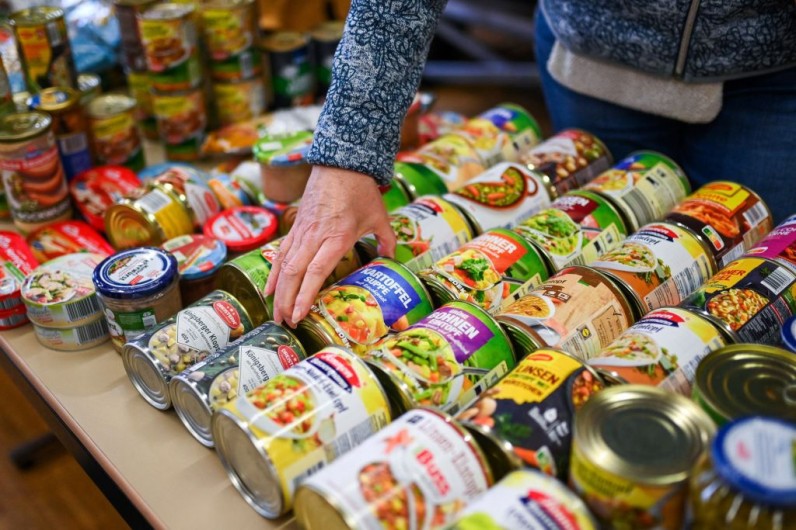
Packaged food and drink always have an expiry date in it in order to tell people when it would no longer be palatable or even edible.
According to the Environmental Protection Agency, food waste accommodates 60% of greenhouse gas emissions coming in from landfills, particularly methane.
In the United States, there is a suggestion that Americans produce 325 pounds (147.42 kilograms) of food waste per person, per year, with some of it attributed to food scraps, while much of it came from food that might still be safe for consumption even if the printed expiration date has passed.
For this reason, CNET shared an article on what people need to know about the difference between expiry dates.
Nuance on Food Expiration
Independent grocer platform Storewise CEO Christopher Greco said that throwing away potentially unspoiled food is not only a food waste issue but also a financial one, explaining that people could save up to $1,300 per year if consumers did more due diligence against expiration dates.
According to Greco, expiration dates exist as quality and safety measures, with companies rationalizing that their customers should experience their products in their best possible condition for flavor and texture, as well as to prevent the risk of any possible food-borne illnesses.
Since there is a variety of food products with a variety of shelf life lengths and shelf stability, there is a lot of nuance in terms of quality and safety.
Labels in Food Expiry Dates
The USDA Food Safety and Inspection Service (FSIS) has a guide in its website to identify what food date-labeling phrases were used.
A "Best if Used By/Before" date indicates when a product would be of best flavor of quality, but it is not a purchase or safety date.
A "Sell-By" date tells the store or retailer how long to display the product for sale for inventory management, but is not a safety date.
A "Use-By" date is the last date recommended for product use while at peak quality. It is not a safety date, but infant formulas that have this kind of wording should consider disposing of the item.
A "Freeze-By" date indicates when a product should be frozen in order to maintain its peak quality, but like "Best if Used By/Before" and "Sell-By" dates, it is not a purchase or safety date.
Such phrases could be helpful guidelines for the consumer, but except for infant formula, expiration dates were not required by federal law.
Going By One's Senses
Greco stressed that it is up to a person's senses, including common sense, to determine whether the food could still be safe to consume.
He said that people should still smell and taste the food in order to determine whether or not the food is still good for consumption. This is also important since food might also turn before its expiry date due to several circumstances, including bad food handling.
Consumers could also use their vision to see whether the food is already spoiled. Obvious signs could be seen on clear containers, such as mold or decay, or if the smell has become off-putting, especially if it already has been partially opened or punctured.
Greco also noted that shopping habits could also influence how people throw away food even if they are still good to consume. He recommends consumers to have frequent in-store shopping to make sure that the food being bought could be consumed in the most practical and most efficient way possible.







Join the Conversation